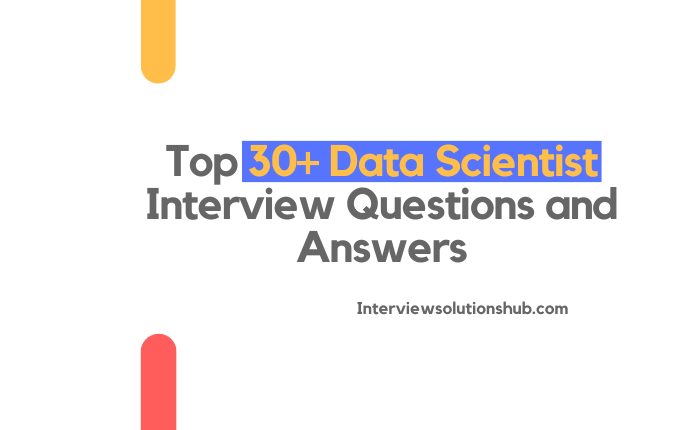
Top 30+ Data Scientist Interview Questions and Answers
Data science is one of the most sought-after fields today, with companies across various industries looking for skilled data scientists to help them make data-driven decisions. If you’re preparing for a data scientist interview at a reputable company, here are 30+ questions and answers that will help you ace your interview.
Technical Questions
1. What is the Difference Between Supervised and Unsupervised Learning?
Answer: Supervised learning involves training a model on labeled data (input-output pairs), while unsupervised learning involves training on data without labeled responses to find hidden patterns. Examples of supervised learning include classification and regression, while clustering and association are examples of unsupervised learning.
2. Explain the Bias-Variance Tradeoff.
Answer: The bias-variance tradeoff is a key concept in machine learning. Bias refers to errors from overly simplistic models, while variance refers to errors from models that are too complex. Balancing both is crucial to minimizing total error. High bias can lead to underfitting, and high variance can lead to overfitting.
3. What is Cross-Validation and Why is it Important?
Answer: Cross-validation is a technique to assess how a model generalizes to an independent dataset. It involves partitioning the data into subsets, training the model on some, and validating on others. It helps prevent overfitting and ensures the model's robustness.
4. What are Precision and Recall? How are They Related to the F1 Score?
Answer: Precision is the ratio of true positive predictions to the total positive predictions, and recall is the ratio of true positives to the total actual positives. The F1 score is the harmonic mean of precision and recall, providing a balance between them.
5. Explain the Difference Between L1 and L2 Regularization.
Answer: L1 regularization (Lasso) adds the absolute value of coefficients as a penalty to the loss function, leading to sparse models. L2 regularization (Ridge) adds the squared values of coefficients, leading to small but non-zero coefficients. Both techniques prevent overfitting by penalizing large coefficients.
Statistical Questions
6. What is the Central Limit Theorem and Why is it Important?
Answer: The Central Limit Theorem states that the distribution of the sample mean approaches a normal distribution as the sample size increases, regardless of the original distribution. It allows us to make inferences about population parameters using sample statistics.
7. Explain the Difference Between Type I and Type II Errors.
Answer: A Type I error occurs when a true null hypothesis is incorrectly rejected (false positive), and a Type II error occurs when a false null hypothesis is not rejected (false negative). Balancing these errors is essential in hypothesis testing.
8. What is a p-value?
Answer: A p-value is the probability of observing data as extreme as, or more extreme than, the observed data, assuming the null hypothesis is true. It helps determine the statistical significance of the results.
Machine Learning Questions
9. What is a Decision Tree and How Does it Work?
Answer: A decision tree is a supervised learning algorithm for classification and regression tasks. It splits data into subsets based on feature values, resulting in a tree structure where each internal node represents a feature, each branch a decision rule, and each leaf an outcome.
10. Explain the Concept of Ensemble Learning.
Answer: Ensemble learning combines predictions from multiple models to improve performance. Methods include bagging (e.g., Random Forest), boosting (e.g., Gradient Boosting Machines), and stacking. Ensembles reduce variance, bias, and improve predictions.
11. What is a Random Forest?
Answer: A Random Forest is an ensemble method that constructs multiple decision trees during training and outputs the mode of the classes (classification) or mean prediction (regression) of the trees. It improves accuracy and controls overfitting.
12. What is a Neural Network and How Does it Work?
Answer: A neural network is a computational model inspired by the brain. It consists of interconnected layers of neurons, each processing inputs using weights and biases and passing the output to the next layer. It is used for image recognition, NLP, and more complex tasks.
Data Handling and Processing Questions
13. What is Feature Engineering and Why is it Important?
Answer: Feature engineering is the process of creating new features or modifying existing ones to improve model performance. Well-engineered features enhance accuracy, provide better insights, and lead to more effective predictions.
14. Explain the Difference Between Normalization and Standardization.
Answer: Normalization rescales data to a fixed range, typically [0, 1], while standardization transforms data to have a mean of 0 and a standard deviation of 1. Normalization is useful when bounded input is assumed, and standardization for normally distributed data.
15. What is PCA (Principal Component Analysis) and How is it Used?
Answer: PCA is a dimensionality reduction technique that transforms data into a new coordinate system with the greatest variance along the first axis, and so on. It helps reduce feature numbers while retaining important information, making data visualization and model efficiency better.
Data Science Workflow Questions
16. What is the CRISP-DM Framework?
Answer: CRISP-DM (Cross-Industry Standard Process for Data Mining) is a process model for data mining projects with six phases: Business Understanding, Data Understanding, Data Preparation, Modeling, Evaluation, and Deployment. It provides a structured approach for planning and executing data science projects.
17. How Do You Ensure the Quality and Integrity of Data?
Answer: Ensuring data quality and integrity involves data validation, cleaning, integration, governance, and regular audits. These steps ensure data accuracy, consistency, and reliability.
18. What is A/B Testing and How Do You Use It?
Answer: A/B testing compares two versions of a variable to determine which performs better. It involves randomly assigning subjects to two groups, applying different treatments, and comparing outcomes. It’s used in web development, marketing, and product optimization.
19. How Do You Handle Imbalanced Datasets?
Answer: Handling imbalanced datasets involves resampling techniques (oversampling the minority class or undersampling the majority class), using different evaluation metrics, algorithm-level solutions, and generating synthetic samples (e.g., SMOTE).
20. Explain the Concept of Time Series Analysis.
Answer: Time series analysis involves analyzing data points collected at specific intervals to identify trends, seasonal patterns, and cyclic behaviors. Techniques include ARIMA, Exponential Smoothing, and Seasonal Decomposition of Time Series (STL).
Behavioral Questions
21. Can You Describe a Challenging Data Science Project You Worked On and How You Handled It?
Answer: Provide a specific project example, challenges faced, methods used to overcome them, and the final outcome. Highlight problem-solving skills, technical expertise, and teamwork.
22. How Do You Stay Updated with the Latest Trends and Advancements in Data Science?
Answer: Mention activities like reading research papers, following blogs and forums, attending conferences, taking online courses, and participating in data science communities.
23. How Do You Approach a New Data Science Problem?
Answer: Describe the approach, including understanding the business problem, gathering and exploring data, preprocessing, selecting and training models, evaluating, and communicating results.
24. Describe a Time When You Had to Explain Complex Data Science Concepts to a Non-Technical Audience.
Answer: Provide an example where complex concepts were communicated in simple terms, focusing on clear communication, visualization, and understanding the audience's needs.
25. Explain the Concept of Outlier Detection and Handling.
Answer: Outlier detection involves identifying data points that deviate significantly from the rest of the data. Handling outliers can be done by removing them, transforming them, or using robust algorithms that are less sensitive to outliers. Proper handling of outliers is crucial for accurate model training and prediction.
Data Science Workflow Questions
26. What is the CRISP-DM Framework?
Answer: CRISP-DM (Cross-Industry Standard Process for Data Mining) is a process model for data mining projects. It includes six phases: Business Understanding, Data Understanding, Data Preparation, Modeling, Evaluation, and Deployment. It provides a structured approach to plan and execute data science projects effectively.
27. How Do You Ensure the Quality and Integrity of Data?
Answer: Ensuring data quality and integrity involves:
- Data validation: Checking for accuracy and consistency.
- Data cleaning: Removing or correcting errors, duplicates, and inconsistencies.
- Data integration: Combining data from different sources accurately.
- Data governance: Establishing policies and procedures for data management.
- Regular audits and monitoring.
28. What is A/B Testing and How Do You Use It?
Answer: A/B testing is a statistical method used to compare two versions of a variable to determine which one performs better. It involves randomly assigning subjects to two groups (A and B), applying different treatments, and comparing the outcomes. It is commonly used in web development, marketing, and product optimization.
29. How Do You Handle Imbalanced Datasets?
Answer: Handling imbalanced datasets can be done by:
- Resampling techniques: Oversampling the minority class or undersampling the majority class.
- Using different evaluation metrics: Precision-recall curves, F1 score, etc.
- Algorithm-level solutions: Using models that can handle imbalanced data like Random Forests, or modifying algorithms to give more weight to the minority class.
- Generating synthetic samples: Using techniques like SMOTE (Synthetic Minority Over-sampling Technique).
30. Explain the Concept of Time Series Analysis.
Answer: Time series analysis involves analyzing data points collected or recorded at specific time intervals. It is used to identify trends, seasonal patterns, and cyclic behaviors. Common techniques include ARIMA (AutoRegressive Integrated Moving Average), Exponential Smoothing, and Seasonal Decomposition of Time Series (STL).
Behavioral Questions
31. Can You Describe a Challenging Data Science Project You Worked On and How You Handled It?
Answer: Provide a specific example of a project, the challenges faced, the methods used to overcome those challenges, and the final outcome. Highlight your problem-solving skills, technical expertise, and teamwork.
32. How Do You Stay Updated with the Latest Trends and Advancements in Data Science?
Answer: Mention activities like reading research papers, following data science blogs and forums, attending conferences and webinars, taking online courses, and participating in data science communities.
33. How Do You Approach a New Data Science Problem?
Answer: Describe your approach, including understanding the business problem, gathering and exploring data, preprocessing and cleaning data, selecting and training models, evaluating and tuning models, and communicating results.
34. Describe a Time When You Had to Explain Complex Data Science Concepts to a Non-Technical Audience.
Answer: Provide an example where you successfully communicated complex concepts in simple terms, focusing on the importance of clear communication, visualization, and understanding the audience's needs.
35. How Do You Prioritize Multiple Data Science Projects?
Answer: Explain your strategy for prioritizing projects, which may include assessing the impact and urgency of each project, aligning with business goals, resource availability, and using project management tools to track progress.
Conclusion
Preparing for a data scientist interview requires a solid understanding of both theoretical concepts and practical skills. By familiarizing yourself with these questions and answers, you’ll be better equipped to impress your interviewers at any reputable company. Good luck!
For more resources, check out these helpful links:



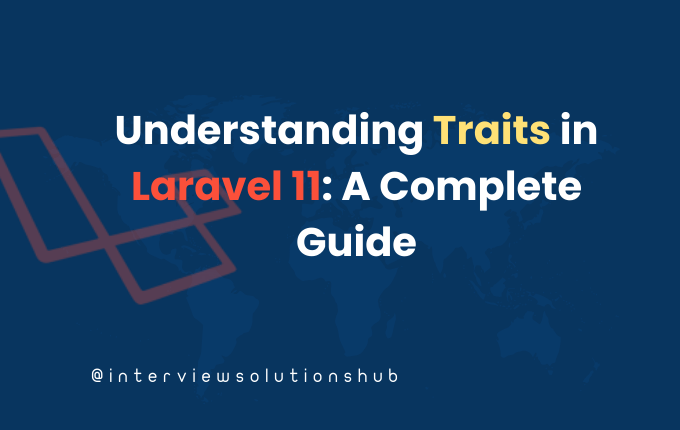
.png)
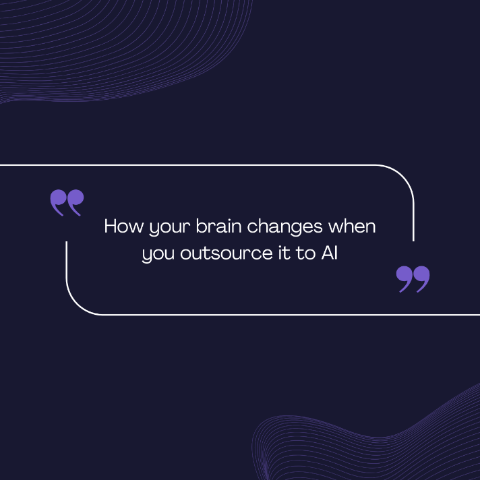
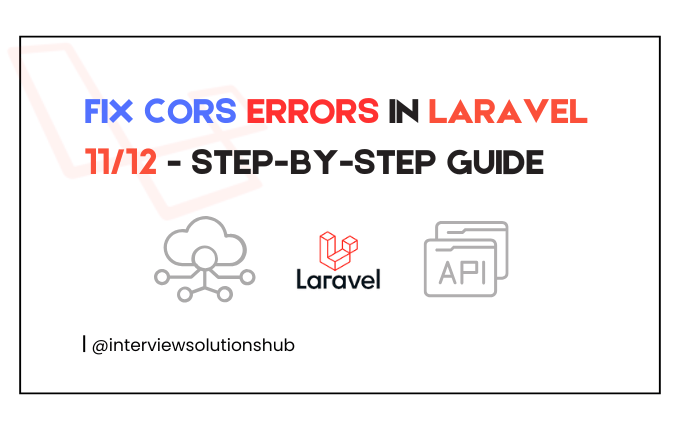



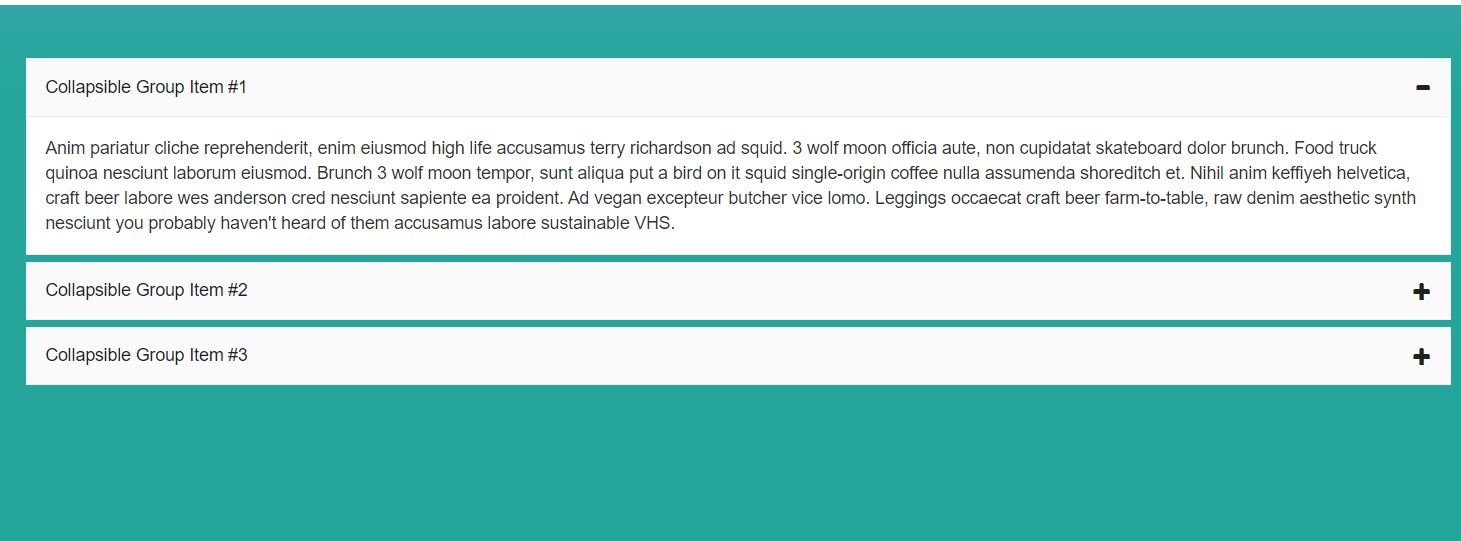
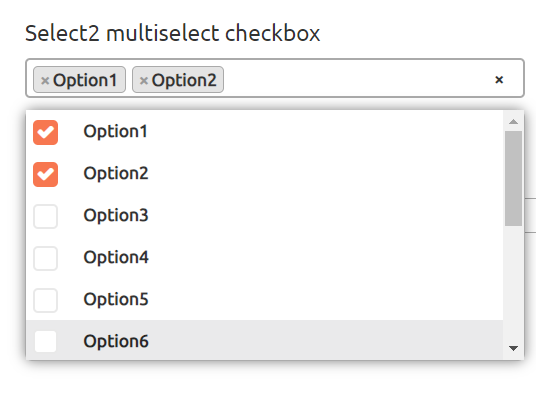

boyarka-Inform.com
I'm really enjoying the design and layout of your site. It's a very easy
on thhe eyes which makes it much more enjoyable for me tto come here and visit more often.
Did you hire oout a designer to create your theme? Great work! http://boyarka-Inform.com/